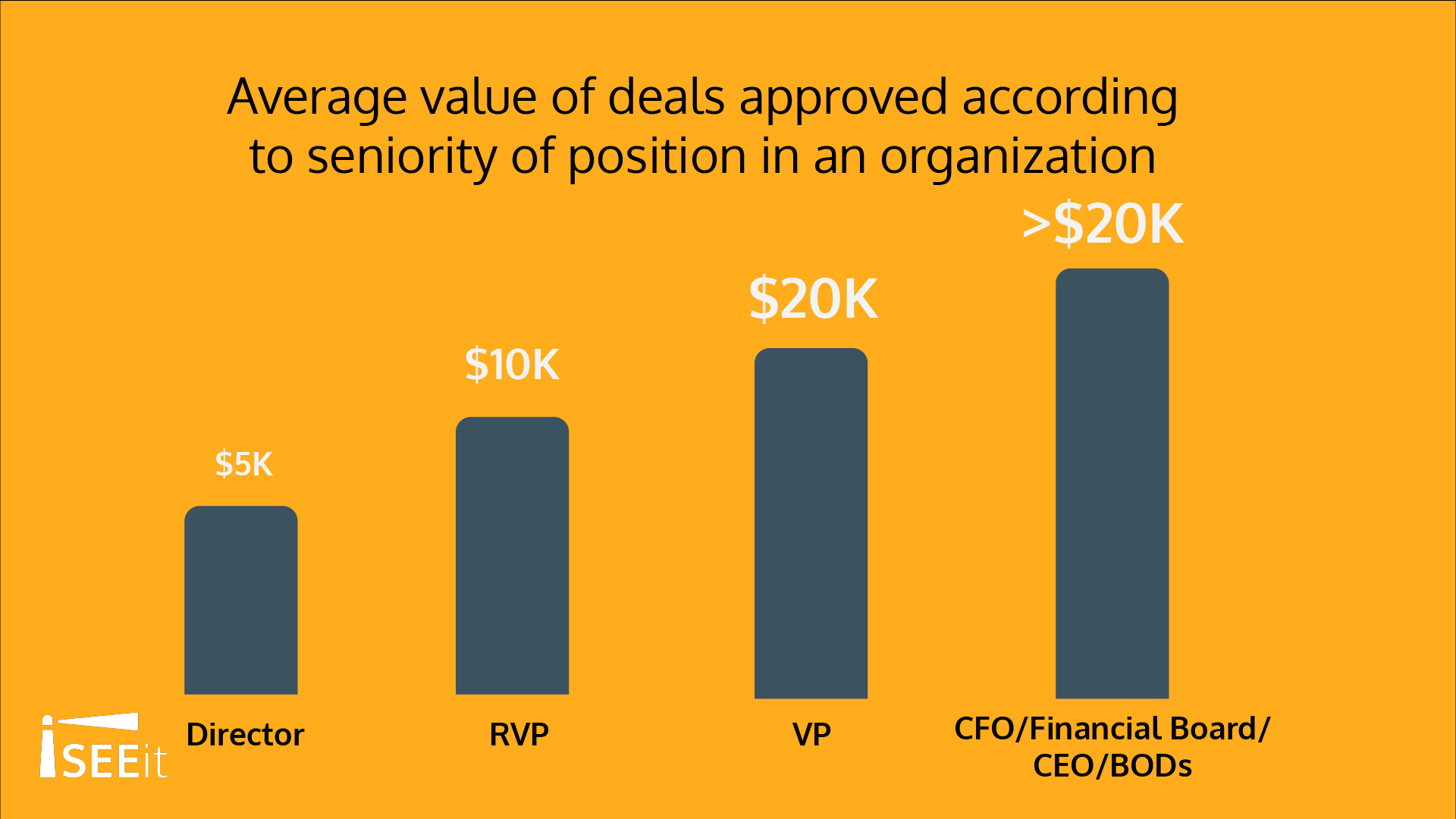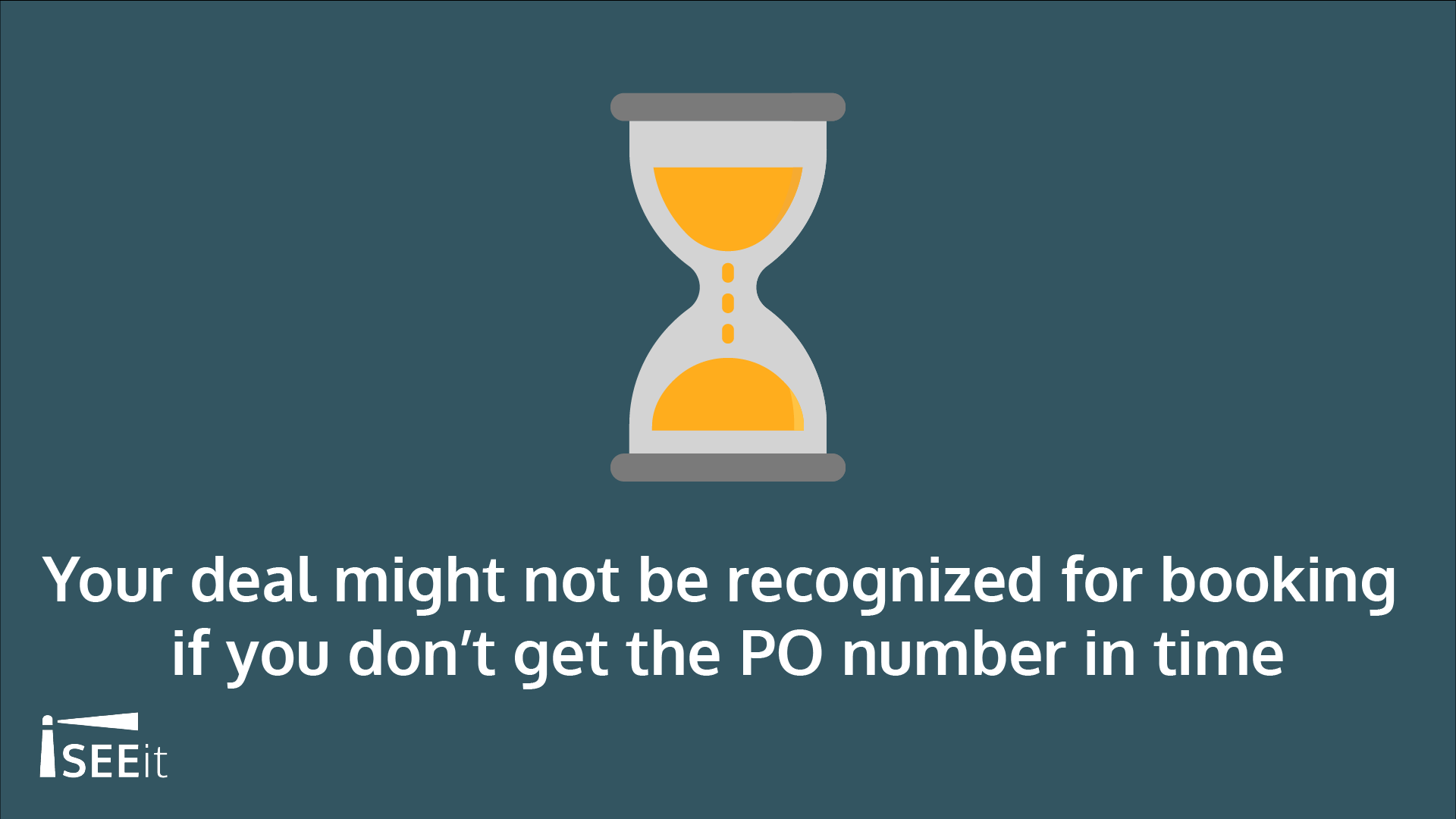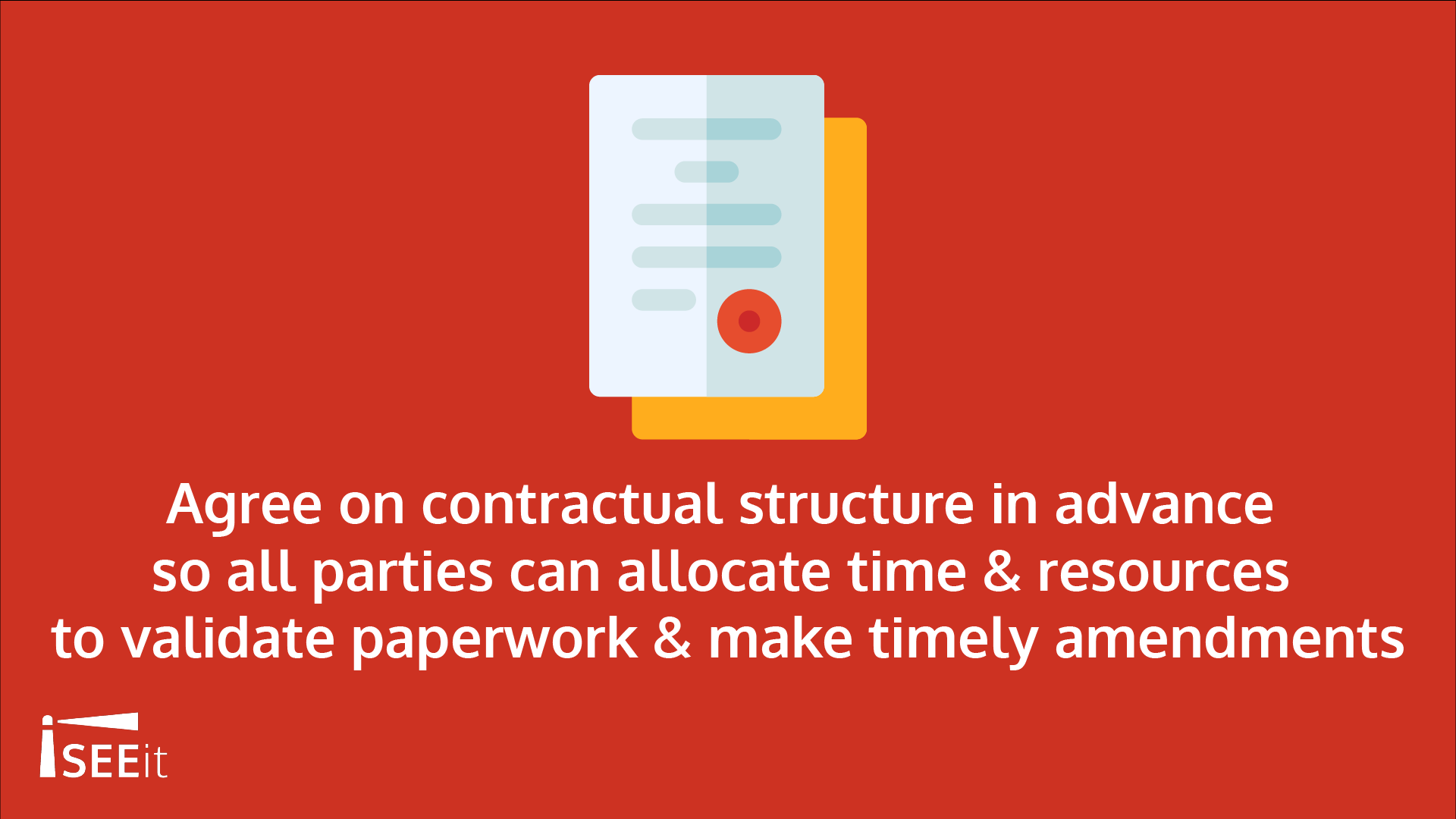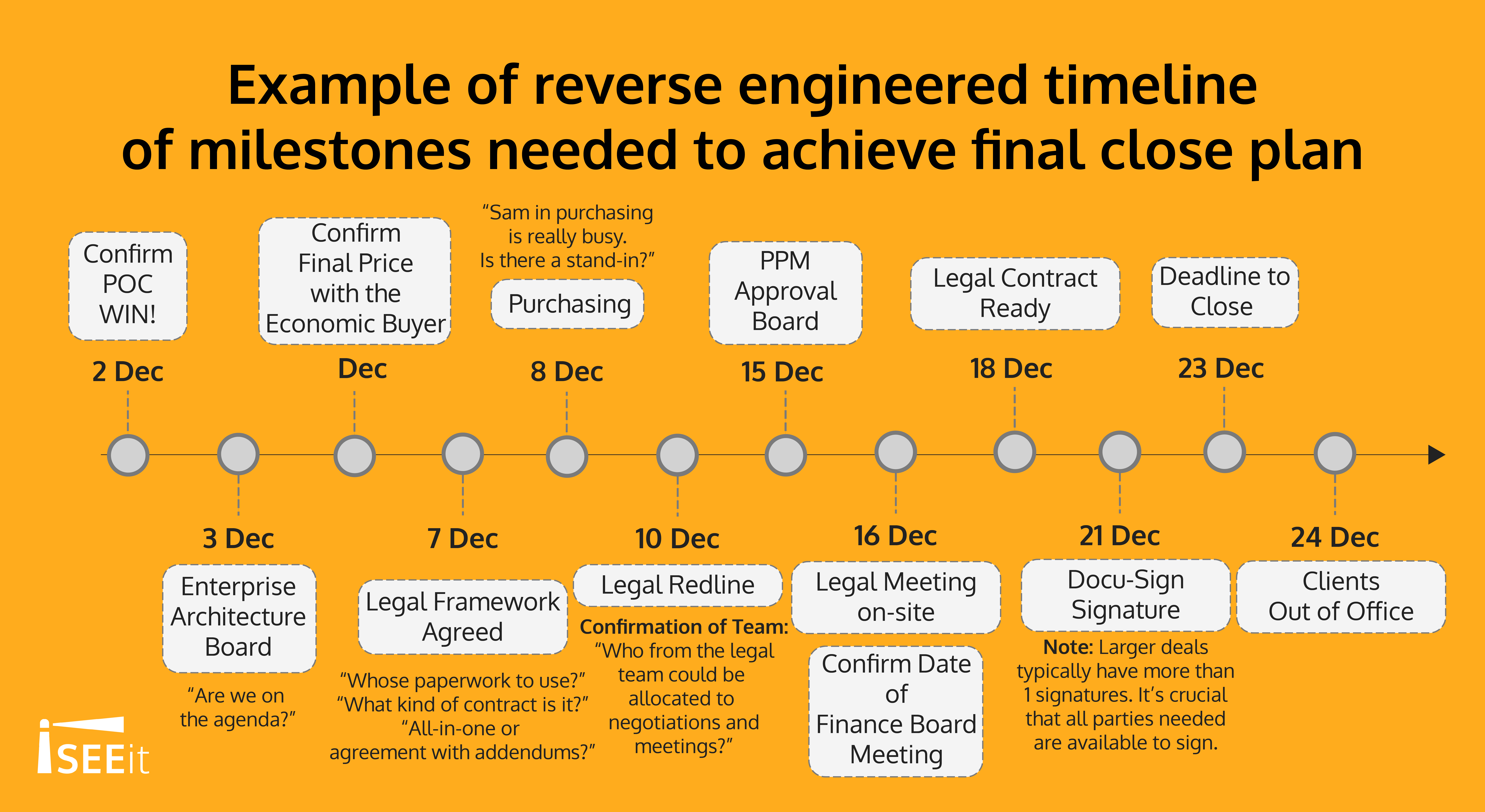What is Decision Process in MEDDIC/MEDDICC/ MEDDPICC?
What Is Decision Process?
Decision Process (Dp), is part of the MEDDICC Sales Methodology and refers to the process of how a client will come to a buying decision and purchase from you. It’s about who is involved in the decision making process, what evaluation events are needed, as well as deadlines for this decision.
A Decision Process could be formal, like an RFP. It could also be informal, taking the form of planned internal events like demos, POCs with shortlisted candidates and the presentation of cost justification to the project and portfolio board.
There are three core components that make up your client’s Decision Process when they react to an identified issue and think about ways to solve it:
- Solution Evaluation Process (Technical)
- Approval Process for Allocation of Budget (Business)
- Paper Process (Legal & Procurement)
1. Solution Evaluation Process aka The Technical Decision Process
In this phase, clients start reaching out to vendors to get product information and invite vendors for demos. A project lead is usually assigned to lead the process. However, there might be other technical evaluators from different departments who are involved in the technical decision making process. These often include architects, business technologists, operations managers, people from the line of business and end users.
You must meet ALL of them to uncover Pain Points, objections and Decision Criteria for success from different angles.
Sometimes, this group of evaluators have already put together and documented their Decision Criteria. However, their perspectives are often skewed to their role in the organization.Hence, it’s crucial to get to the details here to find a consensus amongst the parties before agreeing to costly validation events like POCs, a week’s workshops or even a pilot.
Without clearly defined Decision Criteria of what the successful outcome of such validation events will look like, you might not be able to finalize the Technical Decision Process.
We strongly recommend meeting the Economic Buyer prior to these events. This will set the stage for success and make sure that there is a validation document prior to the event. It will also confirm the commitment needed from all parties involved in the event. A POC checklist where you as a vendor can check off the required Decision Criteria is a powerful sales tool that will initiate the next part of the decision making process.

2. Approval Process for Allocation of Budget aka The Business Decision Process
At this stage, the Technical Evaluation Team should present the findings from the Technical Decision Process to the Economic Buyer and other business decision makers. While most evaluation teams fail to do this, this step is of utmost importance as it serves as an opportunity to display your enthusiasm to the decision makers and convince them to buy! Once the feasibility of your solution has been established, the support from the Technical Team will convince your prospect to initiate next steps.
I have seen some clever sales people organize and participate in “echo back meetings” to the business. This ensures them that the findings are being shared and allows them to bridge with the stakeholders and orchestrate next steps concurrently.
Depending on the size of the investments, the process around “justification of cost” could have different steps involving several stakeholders. Many companies run larger investments through a Project & Portfolio management (PPM) approval process, where costs vs ROI and alignment to business needs & strategies must be proven and acknowledged by the respective stakeholders. The approval levels for budget spend at many companies have become as low as US$ 20k for VPs, forcing almost all projects to get approved by the CFO, financial board or even the CEO and the board of directors who represent the investors.

These boards don’t have much time for every single project. Hence, they will want to find the answer to the 3 WHYS before approving the budget for your project.
- Why do we need this project
- Why did we pick this vendor?
- Why do we have to do this now?

In all the engagements you had with your prospect prior to this approval event, you must prepare him/her with compelling answers to these questions to guarantee funding. Some salespeople work this out with their Champions and even Economic Buyers to pen these answers on 3 simple slides so that all decision makers and approvers have easy access to the same information.
Once you have the approval, the client will initiate the final step in the process to contractual agreement and final purchase. This third and final step is called the Paper Process.
3. The Paper Process (Legal & Procurement)
You might be inclined to think that after getting the technical win and budget allocated, the deal is now done and dusted. However, nothing could be farther from the truth. The Paper Process, which involves getting the legal agreement and paperwork signed, can be really tedious and complicated.
Additionally, if your prospects are in the end of the financial quarter, their legal resources are highly likely swamped with other contracts to negotiate. As a result, it becomes almost impossible to get resources allocated on both sides of the table.
In fact, this lapse in paperwork became the number one reason for deals to slip, which negatively impacted the forecast of many vendors. Therefore, the MEDDIC community added another “P” (for Paper Process) to the acronym, forming MEDDPICC, to ensure that sales teams do not neglect this important piece of the Decision Process.
What To Expect During The Paper Process
a. Purchasing/Sourcing
You will first encounter representatives from purchasing or sourcing, who will negotiate the terms and conditions that will go into the legal paperwork. They will look at:
- Overall price
- Budget types (CapEx, OpEx)
- Terms
Be prepared that they will negotiate everything. Hence, it’s important that you have strong backing from the business team, so you can stay firm on the price.
Bear in mind that your prospect’s Purchasing Team is there to get a better price to present it as a win to their boss. Leave some room or negotiation and/or throw in an item that won’t harm your deal. I personally set myself a “walk away price”, that I have already pre-negotiated with the business team and my managers.
Purchasing also usually leads the Purchase Order (PO) process, which initiates the final order approval in the customer’s ERP system and delivers a PO number that your finance team will refer to in order to get your company’s invoice paid. Watch out – your deal might not be recognized for booking if you don’t get the PO number in time.

b. Legal Paperwork
The legal paperwork usually consists of the general terms and conditions or a frame contract, and purchase order/contract. As these documents have gotten really complex, each party’s legal department will prefer to draft the contract based on “their” paperwork, which they know and have approval for.
Ensure that the contractual structure is being agreed way in advance so all parties can allocate time and resources to validate each other’s paperwork and make timely amendments to fit the purpose of the business.

NOTE: Legal people are risk-averse and are there to protect their company’s interests at all costs. Make sure you have a strong Champion high up enough in the account to take over business risks and “overrule” business-related issues in the contracts.
Last but not least, make sure you know exactly who needs to sign off on the different streams of the Paper Process, and ensure they are available when they need to sign the contract.
How Can You Ensure You Don’t Run Out Of Time?
a. Reverse Engineer Your Close Plan
Experienced salespeople will have a mutual close plan with their Champion with all the events and deadlines scheduled. They play devil’s advocate to test the timing by making a reversed engineered close plan. Starting from the end date, they note when they must ultimately have the signed paperwork in hand and work their way backwards, identifying the to-dos, deadlines and personnel involved in each step.

Factor in the time needed for each step and set deadlines for each and every one of them until you reach your current state. Looking at this plan will not only clarify which steps are still needed, but also who will be needed by when to drive the deal to closure. It can reveal unrealistic time frames, forcing you to plan ahead for resources and run steps in parallel. ie starting the legal contract structure in tandem with the budget approval to save time.
b. Have Escalation Points
Your Champion and Economic Buyer/Head of Purchasing could be great escalation points to jumpstart a stuck Paper Process. So make sure you foster these relationships and have their commitment to help should you need it.
Things To Look Out For
You could be hit by surprises, especially if your potential Champion is new to the company.
Processes in companies that had a recent merger or acquisition or a reorganization might change, throwing a spanner in the works. There could even be internal competition such as another GEO, HQ or department evaluating in parallel. This usually pops up late in the sales cycle.
Also, initiatives like consolidating the number of solutions being run by your client might cause a delay in your project as your prospect’s team investigates if no other existing solution that has already been purchased can solve the problem.
Cost cutting exercises might reduce your prospect’s current expenditure and reroute your project to another financial board. The Champion of your competition might even get an unbelievably discounted price, widening the decision pool. I could go on and on about things that could, and did go wrong in my career.
What Can You Do About It?
Be paranoid. Always plan for the worst and stay in control. Don’t simply assume things will go well. Give every step along the Decision Process serious thought and consideration. Force yourself to think about what could go wrong. Have your Champion check the possibilities of this happening and have a Plan B.
Don’t bet on one horse. Your best Champion could fall ill, or even be pulled away from your project to focus on other priorities.
Have a clear communication plan based on the answer to the 3 WHYS:
- Why do anything?
- Why your solution?
- Why now?
Compile these answers, put them on 3 slides and let the decision makers and stakeholders discuss based on your slides.
Trust me, things can and will go wrong! Make sure the Champion and the Economic Buyer are ready to jump in if and when that happens. Establishing a strong connection with them will give you the lever to pull to get your deal under control.


Conclusion
In a nutshell, you will be in good shape if you focus on:
- Discovering the real business Pain Point and its implications
- Meeting with the right people to identify and influence the Decision Criteria and Decision Process
- Identifying your Competition and ultimately
- Building multiple Champions who love your solution and therefore will introduce you to the real Economic Buyer who has outlined the criteria for success and steps to closure,
This will give you a clear sight on the Decision Process, enabling you to plan with multiple stakeholders who will support you in getting your deal to close in time.








Leave a Reply
Want to join the discussion?Feel free to contribute!